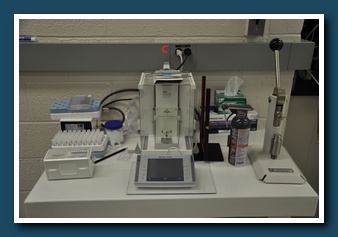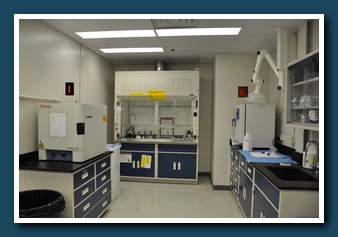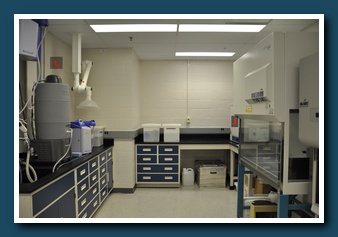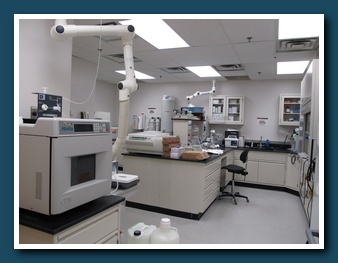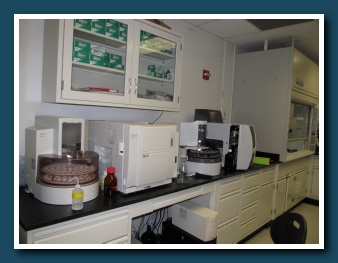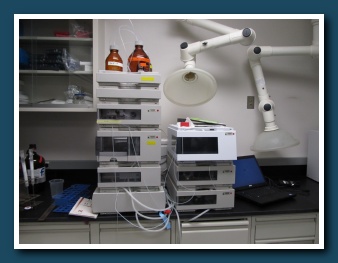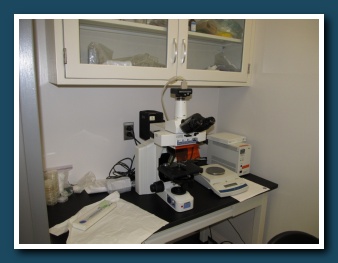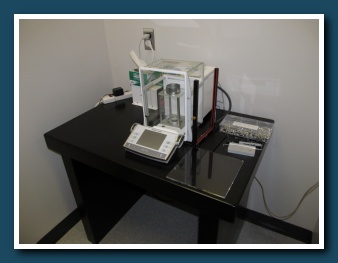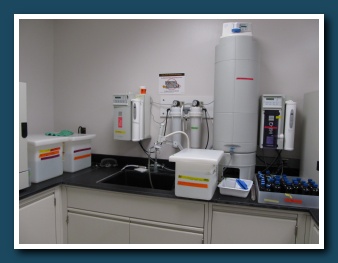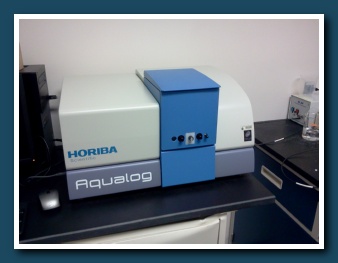Facilities
The FSG is responsible for collecting optical (inherent and apparent optical properties) and biogeochemical field data in support of NASA's satellite ocean color missions. Specifically, these data are used in operational instrument calibration, data product validation, and algorithm development activities. The FSG participates in cruises of opportunity that are vetted with the NASA Ocean Biology and Biogeochemistry (OB&B) Program Manager (
Dr. Laura Lorenzoni) and a five-member advisory committee representing other U.S. agencies and the U.S. and international research communities. The FSG is also involved in the refinement of field measurement protocols for the various optical and biogeochemical properties it collects. All data collected by the FSG are quality assured and ingested into SeaBASS, the permanent archive for bio-optical data collected under the auspices of the NASA OB&B. Upon ingestion, these data become publicly accessible to the research community.
Ocean Ecology Lab
Click on the thumbnail above to see enlarged photo with descriptions
Ocean Biogeochemistry Lab
An ocean biogeochemistry laboratory was constructed for Antonio Mannino in 2002 in building 22 room C237 at GSFC. The focus of the research is to study the distributions, sources and sinks of dissolved (DOM) and particulate organic matter (POM) in the ocean to enhance our understanding of the carbon cycle. A primary objective is to link the optical properties of DOM and POM (such as absorption, scattering and fluorescence) to carbon in the ocean to be able to examine the carbon cycle using ocean color satellite measurements. Development and validation of ocean color satellite biogeochemistry products are key components of the research program. All facilities and instrumentation within the Ocean Biogeochemistry Lab are available to support the activities of the Field Support Group.
Click on the thumbnail above to see enlarged photo with descriptions
List of
Instruments

